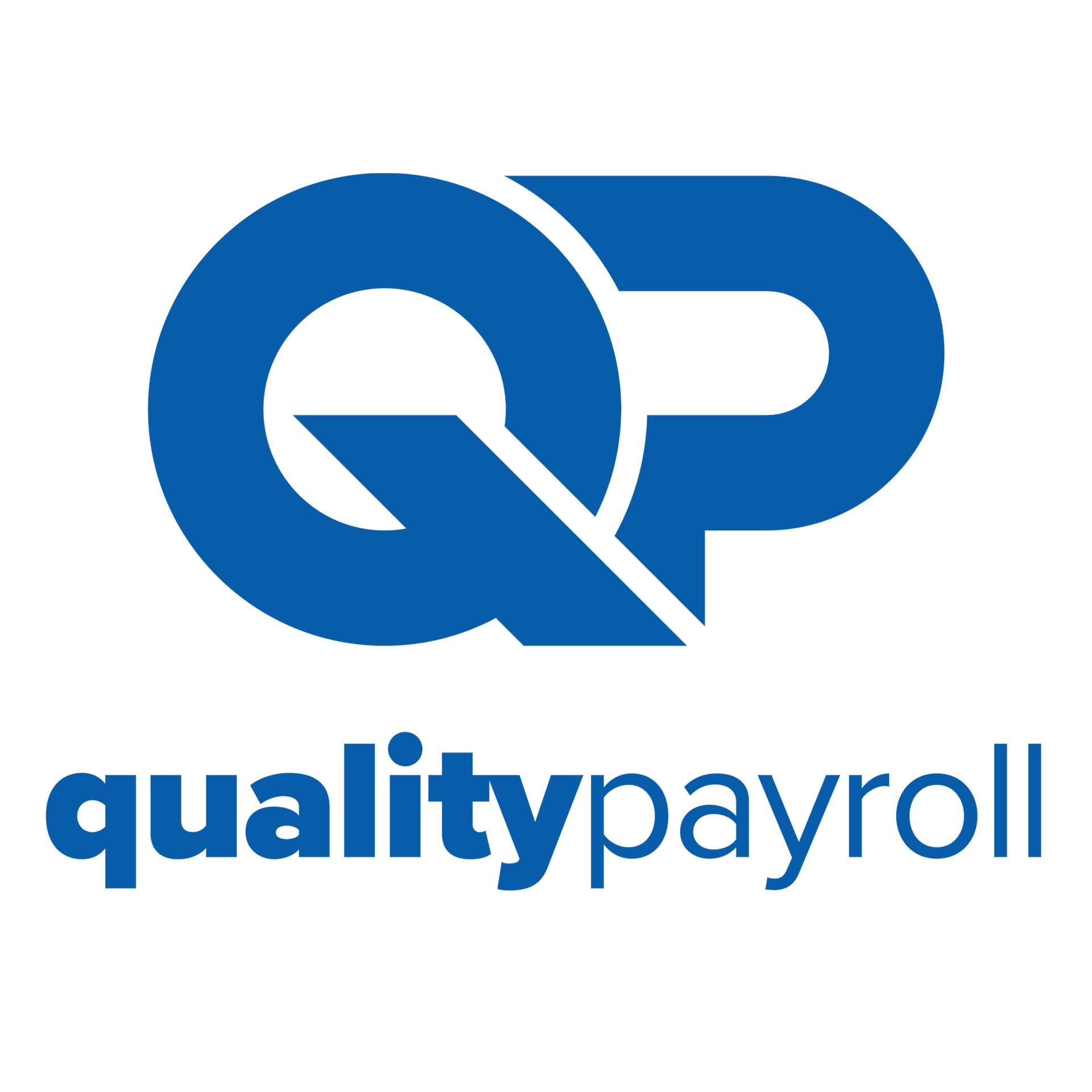EEO Compliance: A Practical Guide for Small Businesses
Running a small business involves many responsibilities, and one crucial aspect is ensuring equal employment opportunity (EEO) compliance. This means treating all job applicants and employees fairly, regardless of their race, color, religion, sex, national origin, age, disability, or genetic information. Adhering to EEO laws not only promotes a positive work environment but also helps avoid legal issues. Understanding and implementing these rules can seem daunting for small business owners, but it's essential for creating a fair and inclusive workplace.
The Importance of EEO Compliance for Small Businesses
Equal Employment Opportunity (EEO) compliance is not just a legal requirement but a moral imperative for small businesses. It serves as the backbone for creating a workplace that values diversity, equality, and inclusivity. Understanding the moral and legal framework for equality is crucial for small business owners in areas like Sandy and Hurricane, as it not only fosters a positive work environment but also protects the business from potential legal battles.
The moral aspect of
EEO compliance revolves around the belief in fairness, respect, and dignity for all individuals, regardless of their background, race, gender, or any other characteristic protected under anti-discrimination laws. Legally, it is enforced by various federal laws such as Title VII of the Civil Rights Act of 1964, the Americans with Disabilities Act (ADA), and the Age Discrimination in Employment Act (ADEA), among others. Conforming to these laws is not just about avoiding penalties but about embodying the values they represent, and promoting a culture of respect and equality within the business.
The consequences of non-compliance with EEO laws can be detrimental to small businesses. Firstly, it can lead to expensive and time-consuming legal battles that can drain resources. A reputation for discrimination or lack of inclusivity can severely damage a company's brand and discourage potential customers, employees, and partners from engaging with the business. In contrast, displaying a commitment to equal opportunity can enhance a business's reputation, making it more attractive to a diverse clientele and workforce.
Implementing EEO practices benefits the workplace and business growth in several ways. It encourages a diverse range of viewpoints, fostering innovation and creativity. A study from McKinsey & Company highlighted that companies with diverse workforces are 35% more likely to have financial returns above their respective national industry medians. An inclusive work environment boosts employee morale and job satisfaction, which in turn reduces turnover rates and increases productivity. For small businesses in the Sandy and Hurricane areas, embracing EEO practices means tapping into the rich, diverse talent pool of the region, contributing to the community's economic strength and cohesion.
For small businesses, the importance of EEO compliance cannot be overstated. It is a cornerstone for building a respectful, inclusive, and successful business. By understanding the moral and legal frameworks of EEO, addressing the potential consequences of non-compliance, and recognizing the benefits of diversity and inclusion, small businesses can pave the way for a brighter, more inclusive future.
Key Anti-Discrimination Laws and Regulations
For small businesses, navigating the landscape of anti-discrimination laws is a critical component of ensuring EEO compliance. At the center of these laws is the commitment to creating workplace environments where every individual has equal opportunity to thrive. We will look into some key federal laws and then look at state-specific regulations that business owners in Sandy and Hurricane must be aware of.
Title VII of the Civil Rights Act of 1964
An essential piece of legislation that underpins EEO compliance is Title VII of the Civil Rights Act of 1964. This law prohibits employers from discriminating against employees on the basis of sex, race, color, national origin, and religion. It applies to all employers with fifteen or more employees, including federal, state, and local governments as well as private and public colleges and universities. Understanding and adhering to Title VII is crucial for small businesses as it sets the foundation for a discrimination-free workplace. More information can be found on the EEOC's official website.
Americans with Disabilities Act (ADA)
The ADA further cements the commitment to workplace equality, by prohibiting discrimination against individuals with disabilities in all areas of public life, including jobs. It requires employers to provide reasonable accommodations to employees with disabilities unless doing so would cause significant difficulty or expense for the business. This act highlights the importance of inclusivity and accessibility in the workplace.
The Age Discrimination in Employment Act (ADEA) and Equal Pay Act (EPA)
The ADEA protects individuals who are 40 years of age or older from employment discrimination based on age. The EPA requires that men and women in the same workplace be given equal pay for equal work. Both of these laws ensure that a person's age or sex cannot be used as a basis for discrimination in hiring, promotion, salary, or termination considerations.
State-specific Regulations Affecting Sandy and Hurricane Areas
To federal regulations, small businesses must be cognizant of state laws that may impose additional requirements. For instance, some states have broader protections that include sexual orientation and gender identity as protected characteristics. Businesses in Sandy and Hurricanes should familiarize themselves with local laws to ensure full compliance.
In conclusion, understanding these key anti-discrimination laws and regulations is fundamental for small businesses aiming to uphold EEO principles. Not only does adherence to these laws protect businesses from potential legal action, but it also fosters a more diverse, inclusive, and productive workplace environment.
Implementing EEO Practices in Small Businesses
For small businesses in regions like Sandy and Hurricane, the implementation of Equal Employment Opportunity (EEO) practices is not just about legal compliance—it’s about fostering a culture of inclusivity and diversity. Here’s how small businesses can actively incorporate EEO practices into their operations.
Developing Inclusive Job Descriptions and Advertisements
The first step towards EEO compliance is ensuring that job descriptions and advertisements are free from bias and open to a diverse applicant pool. This means avoiding language that might implicitly favor a particular demographic and focusing on the essential skills and qualifications needed for the job. Inclusivity should be at the core of recruitment efforts, inviting candidates from various backgrounds to bring their unique perspectives to the workplace.
Establishing a Diverse Hiring Process
To avoid unconscious bias, small businesses should aim for a diverse hiring committee that can offer varied perspectives in candidate selection. Implementing blind recruitment processes, where candidates’ personal information is removed, can also help in making objective hiring decisions based on skills and experience.
Training for Managers and Employees on Avoiding Bias
Training programs on recognizing and avoiding unconscious bias should be regular for both managers and employees. Such initiatives promote an understanding of diverse perspectives and the importance of a discrimination-free workplace. These programs can be an effective way to ensure that EEO principles are embedded in the company’s culture.
Creating and Maintaining an Inclusive Workplace Culture
Building a truly inclusive culture goes beyond hiring diverse talent; it requires continuous effort in nurturing an environment where everyone feels valued and respected.
Strategies for Fostering Diversity and Inclusion
Encouraging open dialogue about diversity and inclusion, celebrating multicultural events, and recognizing the contributions of all employees are strategies that enrich workplace culture. Establishing employee resource groups (ERGs) can also provide support networks and foster a sense of belonging among underrepresented groups.
Building a Feedback Mechanism for Continuous Improvement
A feedback mechanism that allows employees to voice concerns and suggestions related to EEO practices is essential for continuous improvement. Such a mechanism ensures that EEO efforts are effective and responsive to the needs of the workforce.
Ensuring Accessibility and Accommodations for All Employees
Accessibility and reasonable accommodations are key to supporting employees with disabilities. This may include modifying workstations, offering flexible work schedules, or implementing assistive technologies.
EEO Compliance Checklist for Small Businesses
To simplify compliance, small businesses should consider the following checklist:
- Regularly review and update policies and practices to ensure they align with current EEO laws.
- Maintain accurate documentation and records of hiring practices and employee relations issues.
- Schedule periodic training updates for employees and management on EEO principles and unconscious bias.
- Utilize resources and contacts for ongoing support, including local chambers of commerce, EEOC guidance, and diversity consultants.
By focusing on implementing these practices, small businesses in Sandy and Hurricane can cultivate an environment that champions EEO, leading to a more diverse, innovative, and successful business model.
Ready to ensure your small business excels in EEO compliance and fosters an inclusive workplace culture? Contact My Quality Payroll today, they will help you establish robust EEO practices, from drafting inclusive job descriptions to training your staff on diversity and inclusion.










